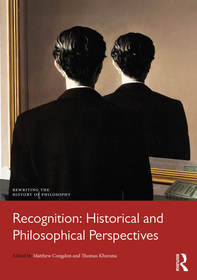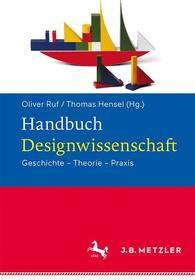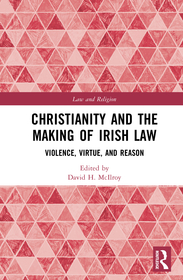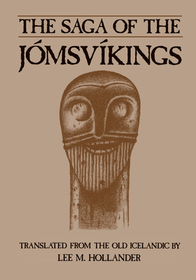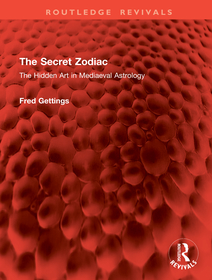
Sacred Modernity
Anglican Church Architecture in Mid-Twentieth Century Britain
Series: Routledge Research in Architecture;
- Publisher's listprice GBP 145.00
-
69 273 Ft (65 975 Ft + 5% VAT)
The price is estimated because at the time of ordering we do not know what conversion rates will apply to HUF / product currency when the book arrives. In case HUF is weaker, the price increases slightly, in case HUF is stronger, the price goes lower slightly.
- Discount 10% (cc. 6 927 Ft off)
- Discounted price 62 346 Ft (59 378 Ft + 5% VAT)
Subcribe now and take benefit of a favourable price.
Subscribe
69 273 Ft

Availability
Estimated delivery time: In stock at the publisher, but not at Prospero's office. Delivery time approx. 3-5 weeks.
Not in stock at Prospero.
Why don't you give exact delivery time?
Delivery time is estimated on our previous experiences. We give estimations only, because we order from outside Hungary, and the delivery time mainly depends on how quickly the publisher supplies the book. Faster or slower deliveries both happen, but we do our best to supply as quickly as possible.
Product details:
- Edition number 1
- Publisher Routledge
- Date of Publication 30 September 2025
- ISBN 9781032899404
- Binding Hardback
- No. of pages230 pages
- Size 234x156 mm
- Weight 590 g
- Language English
- Illustrations 85 Illustrations, black & white; 64 Halftones, black & white; 21 Line drawings, black & white 700
Categories
Short description:
This book examines mid-20th-century Anglican church architecture in Britain, between 1935-1975, exploring how it was shaped by liturgical changes, social shifts and artistic influences. It investigates the theoretical foundations of modern Anglican church design and the contributions of various denominations to shared worship spaces.
More
Long description:
This book examines mid-20th-century Anglican church architecture in Britain, from the 1935 to the 1975, exploring how it was shaped by liturgical changes, social shifts, and artistic influences. It investigates the theoretical foundations of modern Anglican church design and the contributions of various denominations to shared worship spaces.
Amidst the rise of research groups, publications, and photographic documentation, the book highlights the subject’s significance in this period. Inspired by the liturgical reformation within the Church of England, it analyzes churches in their urban contexts and the communities they served, revealing the complex interplay between architects, engineers, artists, local authorities, and clergy.
The book also addresses post-war church reconstruction, the adaptation of existing buildings, and the integration of new construction technologies. It explores how churches accommodated secular functions alongside sacred spaces to reduce maintenance costs and foster communal identity. As secularization grew—particularly affecting the Church of England—it also considers the transformation of redundant churches into secular venues.
Adopting a cross-disciplinary approach, the book situates Anglican church architecture within broader religious, urban, and social contexts, offering a comprehensive perspective for scholars and practitioners alike.
MoreTable of Contents:
List of figures
Gratitude and acknowledgements
Preface
1. Introduction
2. ‘We build the meaning’: Liturgical Advancement in the Church of England
3. ‘There spring the perfect order of speech’: Reordering Church Spaces
4. ‘Much to cast down, much to build, much to restore’: Post-war Reconstructions
5. ‘New life, new form, new colour’: The Languages of Anglican Modernity
6. ‘Let them waken the suburbs’: Churches as Urban Catalysts
7. ‘A Church for all’: Interconfessional and Ecumenical Experiments
8. ‘We have too many churches’: Redundancy and Conversion
9. Conclusion
10. Final note
Index
More



